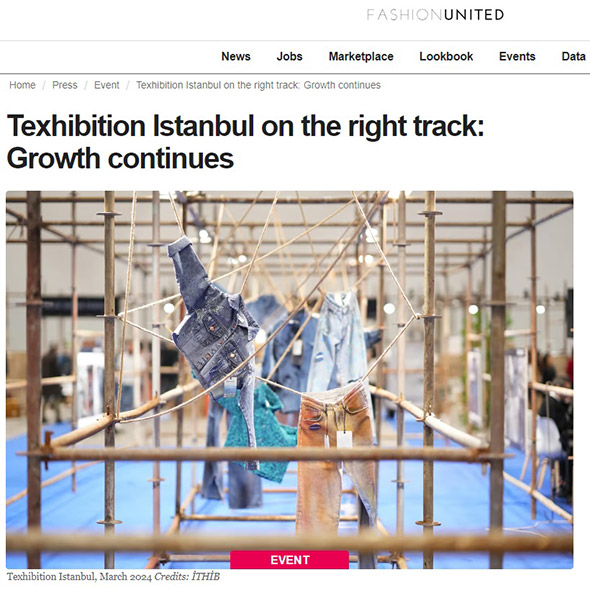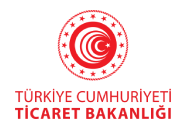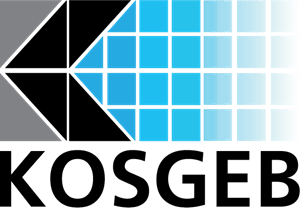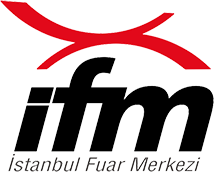
From 6 to 8 March 2024, Texhibition Istanbul brought together 25,752visitors from 112 countries and 560 exhibitors of fabrics and accessories forthe spring/summer 2025 collections. The fifth edition of the fair offered theopportunity to discover the most important materials produced by Turkishcompanies as well as a new denim area. It was also a chance to get to knowthe perspectives of stakeholders in the Turkish textile sector and to recognisethat the mid-price segment it serves is having a tough time in many countries.
The fact that Turkey has its own sourcing fair is remarkable. Before the Covidpandemic, the French trade fair Première Vision was held in Istanbul, butsince then the Turkish players have taken on this task themselves and theIstanbul Textile and Apparel Exporters Association (Ithib), a member of theTurkish Fashion and Textile Association Itkib, organises the fair. The stakesare high for the country, which has integrated production capacities thatenable it to carry out all (or almost all) production steps in the textile andclothing industry, unlike other production countries such as Tunisia orMorocco.
Signifying the importance of the trade fair was the presence of many officialsat the opening ceremony on Wednesday, 6th March, including trade ministerÖmer Bolat, the chairman of the Turkish Exporters Association MustafaGültepe and Ithib chairman Ahmet Öksüz. A predominantly male represen-tation of the profession, as the photo shows. The gentlemen announced theirintention of making the trade fair “the most important in the world”.
All speakers cited figures to illustrate the influence of the Turkish textile andapparel sector, which achieved a total export value of 28.5 billion US dollarsin 2023. With annual exports of 12 billion US dollars, the Turkish textilesector ranks fifth in global exports and is the second largest supplier to theEuropean Union.
Although Europe is the biggest market with Turkey manufacturing for brandssuch as Zara, Mango and H&M, the rampant economic crisis is prompting thecountry to look for alternative destinations: USA, Mexico, Middle East orRussia (circumventing the current restrictions).
What materials are part of the fabrics produced inTurkey?
At Texhibition Istanbul, the displayed materials were organised in differenthalls: Hall 4 featured 145 suppliers of knitted fabrics such as jersey, jacquardand wool; Hall 5 showcased 126 suppliers of polyester, polyviscose, viscoseand acrylic; Hall 6 brought together 70 suppliers of wool, cotton and shirtingfabrics while 121 manufacturers of accessories such as buttons, zips and thelike as well as yarns could be found in Hall 8. With regard to cotton yarns, theabove-mentioned “almost” applies: Turkey produces 65 percent of its cottondomestically and imports the rest mainly from the USA, Greece and Egypt.
This time, Texhibition also included Hall 7, which was dedicated to the new“Blue Black Denim Trend Area”, a denim area newly opened for thespring/summer 2025 season. It offered original presentations with streetwearcreations showcased in a construction site aesthetic.
In this context, the spectacular dress made from jeans waste (see above),which was designed by Alldenims, is worth mentioning. The company, whichis one of the few run by two women, produces denim clothing for aninternational clientele and also develops its own brand Syga.
In this space (and not only here), exhibitors talked much about sustainablefashion. Besim Özek, member of Ithib and head of business strategy at Bossa,was one of them. The southern Turkey-based denim manufactureremphasised how important it is for the country to position itself in the denim sector and take on social and environmental responsibility in the process. Ituses 45 percent traditional cotton, 35 percent recycled cotton (from collectedcotton clothing), 15 percent organic cotton (grown without chemical fertilisersor pesticides) and 5 percent regenerative cotton (agricultural practices thatnaturally improve soil quality and restore soil fertility).
Trend forums focus on sustainable developmentand increasing the materials range
Speaking of sustainability: FashionUnited met Pascaline Wilhelm, the formerfashion director of Première Vision and current founder of the P W N E Wagency, in the Innovation Hub (Hall 8), where numerous presentations tookplace. The aim? To deliver the key trends for Spring/Summer 2025, includinginnovations and news regarding sustainable and eco-friendly developments.The focus was on bio-based fabrics, biodegradability, natural stretch, newrecycled materials and others, highlighting concepts such as waste, overcon-sumption and its impact. Other areas such as the Trends Creative Hub for knitwear and wovens alsoemphasised the concept of sustainability, but combined with a premiumapproach. With “Silent Luxury” (knitwear, Hall 4), the Luxury Hub, whichstands for niche tastes, approached fashion from the perspective of“minimalism of a new age” and emphasised elegance, high-quality materials(virgin wool, cashmere, cotton and wool), exclusivity, uniqueness andcraftsmanship.
At the same venue, “Vegan Jungle” referred to innovative processes derivedfrom plants, fruits and seeds that offer a range of recycled materials that canbe biodegradable.
In the woven goods area (Hall 5), “The Talented Mr Ripley,” based on the USremake of the French film “Plein Soleil”, a summer tragedy set in the world ofluxury and laziness, referred to the film’s stylish wardrobe: knitted ties,cashmere sweaters, elegant linen shirts and chinos (cotton twill trousers).
Does this mean that the Turkish textile and clothing industry wants toposition itself in the upper price segment? Fatih Zengin, deputy secretarygeneral of Itkib, confirmed in an interview with FashionUnited that theindustry wants to move upwards in light of the collapse of the mid-pricesegment, which consists of polyester produced in Turkey. This slump was dueto the pandemic, lockdowns, inflation and the war in Ukraine.
In his opinion, the country is now a direct competitor to Portugal, but thechallenge is to position itself at the same level as Italy. “We want to be a country that makes fashion and create our own brands,” he concluded. At thenext edition of Texhibition that takes place from 11th to 13th September 2024,we will see how the range of materials develops.
This article was originally published on FashionUnited.fr. Edited andtranslated by Simone Preuss.






